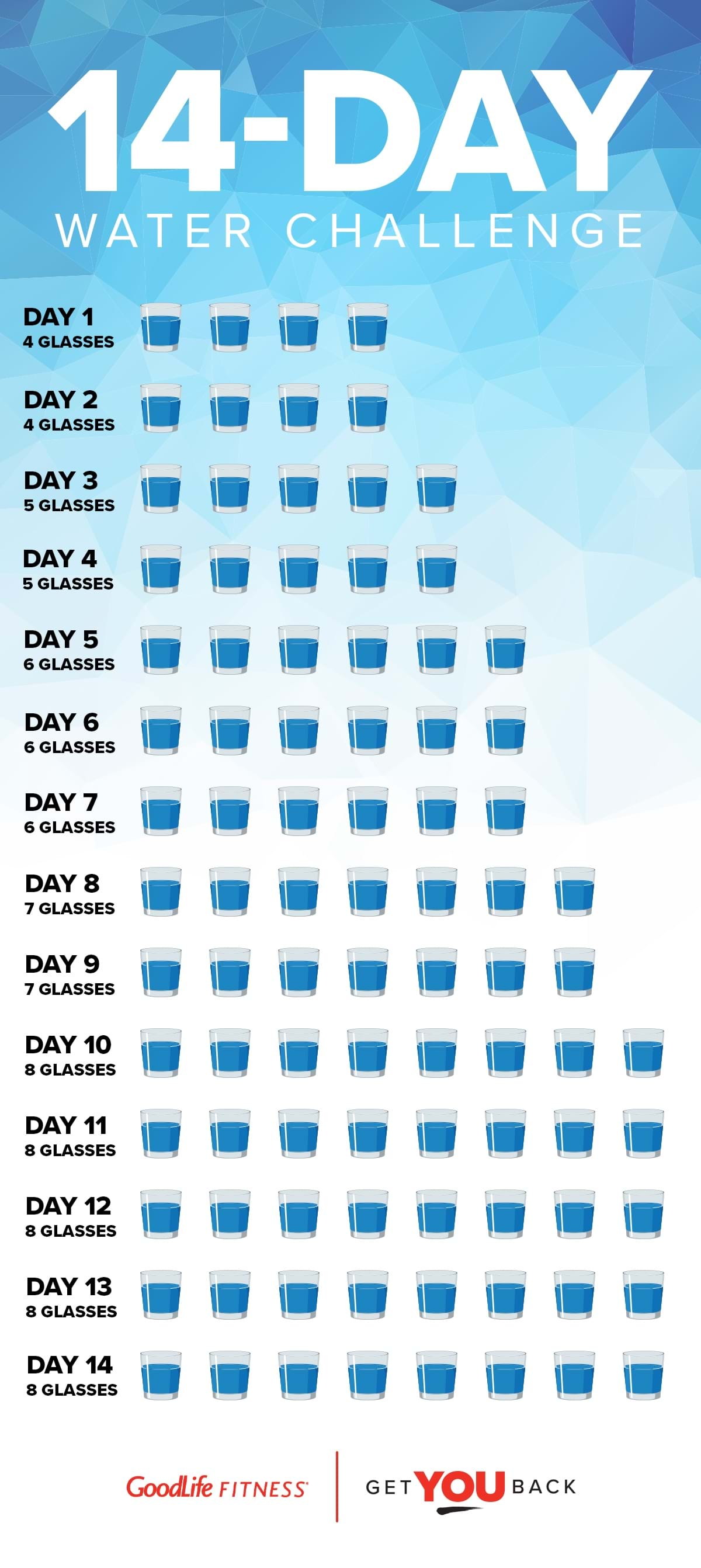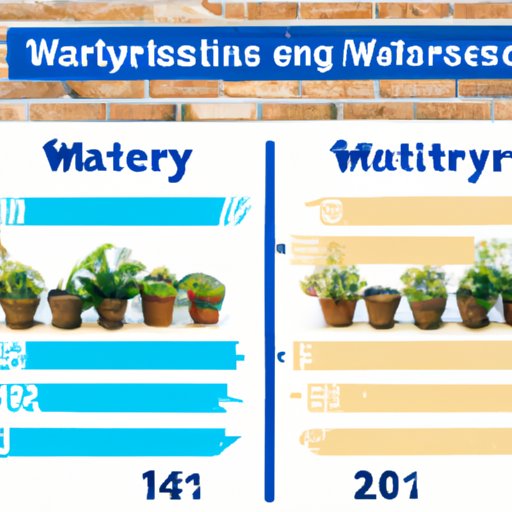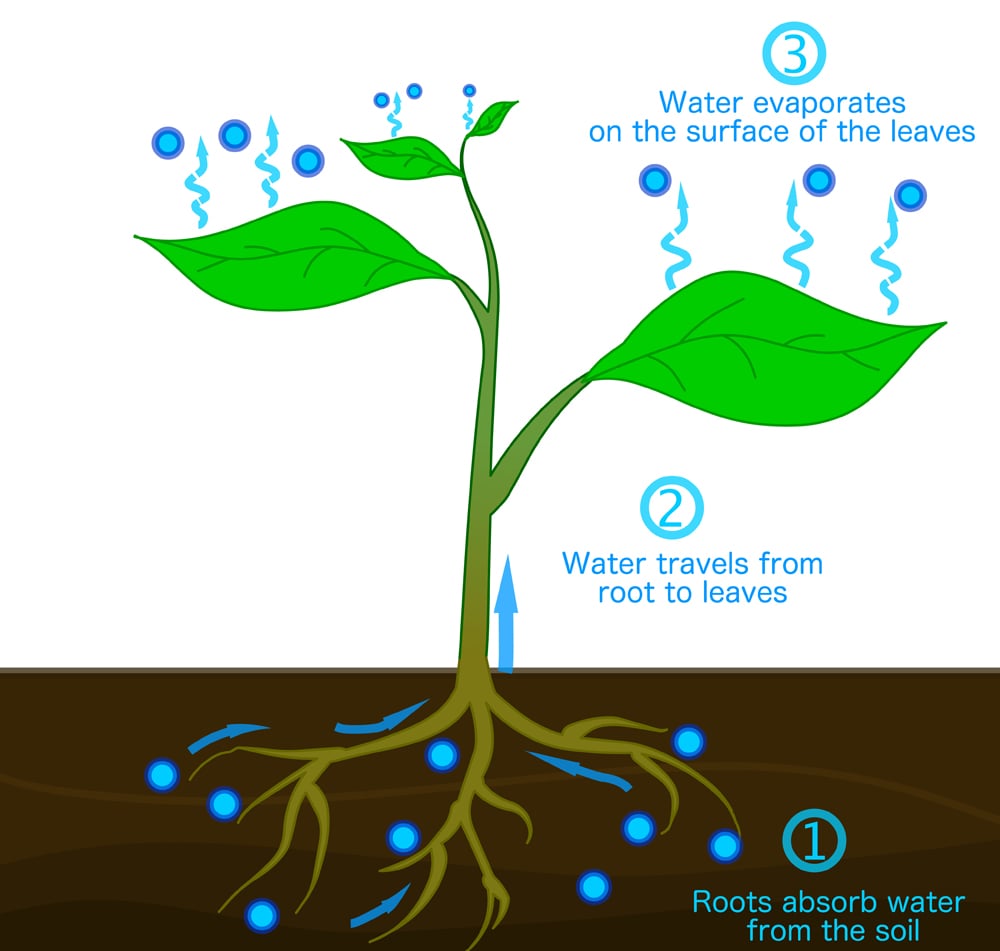Understanding the Importance of Proper Hydration
Proper hydration is essential for the health and well-being of flowers. Watering flowers at the right time can promote healthy growth, prevent disease, and encourage blooming. When flowers receive adequate water, they are able to carry out their basic metabolic functions, such as photosynthesis and respiration, which are necessary for growth and development. On the other hand, underwatering or overwatering can lead to a range of problems, including wilted petals, yellowing leaves, and increased susceptibility to pests and diseases.
Flowers have different watering needs depending on factors such as climate, soil type, and sunlight exposure. For example, flowers growing in hot and dry climates may require more frequent watering, while those in cool and shady conditions may require less. Understanding these needs is crucial to providing the right amount of water at the right time. By doing so, flower enthusiasts can help their blooms thrive and enjoy a longer vase life.
So, what is the best time of day to water flowers? The answer depends on various factors, including the type of flower, the climate, and the time of year. In general, it is recommended to water flowers in the morning or early afternoon, when the sun is not too intense. This allows the plants to absorb the water throughout the day, reducing the risk of fungal diseases that thrive in moist conditions.
However, the best time to water flowers may vary depending on the specific needs of the plant. For example, some flowers, such as orchids and African violets, prefer to be watered in the evening, when the temperature is cooler and the humidity is higher. Others, such as roses and carnations, prefer to be watered in the morning, when the sun is not too intense.
By understanding the specific watering needs of their flowers, enthusiasts can provide the right amount of water at the right time, promoting healthy growth and encouraging blooming. Whether you are a seasoned gardener or a beginner, knowing the best time to water your flowers can make all the difference in their health and appearance.
How to Determine the Ideal Watering Schedule for Your Flowers
Determining the ideal watering schedule for your flowers requires careful consideration of several factors, including climate, soil type, and sunlight exposure. By understanding these factors, you can provide your flowers with the right amount of water at the right time, promoting healthy growth and encouraging blooming.
Climate is a critical factor in determining the watering needs of your flowers. Flowers growing in hot and dry climates require more frequent watering, while those in cool and shady conditions require less. For example, flowers growing in desert climates may require daily watering, while those in temperate climates may require watering only once or twice a week.
Soil type is another important factor to consider when determining the watering needs of your flowers. Flowers growing in well-draining soil, such as sand or loam, require less water than those growing in dense or clay-based soil. This is because well-draining soil allows water to penetrate deeper into the soil, reducing the need for frequent watering.
Sunlight exposure is also a critical factor in determining the watering needs of your flowers. Flowers growing in full sun require more water than those growing in partial shade or full shade. This is because sunlight can cause water to evaporate quickly, reducing the amount of water available to the plant.
In addition to these factors, the type of flower itself can also impact its watering needs. For example, some flowers, such as succulents and cacti, are drought-tolerant and require infrequent watering, while others, such as orchids and African violets, require more frequent watering.
By considering these factors, you can determine the ideal watering schedule for your flowers and provide them with the right amount of water at the right time. This can help promote healthy growth, prevent disease, and encourage blooming. Whether you’re a seasoned gardener or a beginner, understanding the watering needs of your flowers is essential for their health and well-being.
So, what is the best time of day to water flowers? The answer depends on the specific needs of your flowers, taking into account factors such as climate, soil type, and sunlight exposure. By experimenting and finding the right balance, you can provide your flowers with the best possible care and enjoy their beauty for months to come.
The Science Behind Watering: How Flowers Absorb Water
Understanding how flowers absorb water is crucial in determining the best time to water them. The process of water absorption in flowers involves the coordinated effort of roots, stems, and leaves. The roots of a flower play a vital role in absorbing water and nutrients from the soil. The roots have tiny hair-like structures called root hairs that increase the surface area for absorption. As the roots absorb water, it is transported to the stem through a process called transpiration.
The stem acts as a conduit for water and nutrients to reach the leaves and other parts of the plant. The xylem, a type of vascular tissue in the stem, is responsible for transporting water and minerals from the roots to the leaves. The leaves, in turn, use this water for photosynthesis, growth, and development. The stomata, small openings on the surface of the leaves, regulate water loss through transpiration.
When considering the best time to water flowers, it’s essential to understand that the rate of water absorption varies throughout the day. During the day, flowers tend to absorb water more quickly due to increased transpiration rates. However, this also means that flowers may lose more water through transpiration, making them more susceptible to drought. At night, the rate of water absorption slows down, but the plant has more time to absorb water without losing it to transpiration.
By understanding how flowers absorb water, gardeners can make informed decisions about the best time to water their blooms. For example, watering flowers in the morning allows them to absorb water throughout the day, reducing the risk of drought. On the other hand, watering in the evening can help flowers absorb water overnight, reducing transpiration rates and minimizing water loss.
While there is no one-size-fits-all answer to the question of what is the best time of day to water flowers, understanding the science behind water absorption can help gardeners tailor their watering schedule to the specific needs of their plants. By taking into account factors such as climate, soil type, and sunlight exposure, gardeners can optimize their watering schedule to promote healthy growth, prevent disease, and encourage blooming.
The Best Time to Water Flowers: Morning, Afternoon, or Evening?
When it comes to watering flowers, timing is everything. The best time to water flowers depends on various factors, including temperature, humidity, and sunlight. Understanding the pros and cons of watering at different times of day can help gardeners optimize their watering schedule and promote healthy growth, prevent disease, and encourage blooming.
Watering in the morning is often considered the best time to water flowers. This is because the morning hours typically offer mild temperatures, moderate humidity, and gentle sunlight, creating an ideal environment for water absorption. Additionally, watering in the morning allows the plants to absorb water throughout the day, reducing the risk of drought. However, it’s essential to note that morning watering can also increase the risk of fungal diseases, as the plants may be more susceptible to moisture-related issues.
Watering in the afternoon can be beneficial for flowers that require high temperatures and intense sunlight. However, this time of day also comes with some drawbacks. The heat and sunlight can cause water to evaporate quickly, reducing the amount of water available for absorption. Moreover, afternoon watering can lead to overwatering, as the plants may not have enough time to absorb the water before the heat causes it to evaporate.
Watering in the evening is often overlooked, but it can be a good option for flowers that require cooler temperatures and higher humidity. Evening watering can help reduce transpiration rates, allowing the plants to absorb water more efficiently. However, it’s crucial to avoid watering too close to nightfall, as this can encourage fungal growth and other moisture-related issues.
So, what is the best time of day to water flowers? The answer depends on the specific needs of your plants, climate, and environment. By understanding the pros and cons of watering at different times of day, gardeners can experiment and find the best time to water their flowers. Whether it’s morning, afternoon, or evening, the key is to find a watering schedule that works in harmony with the natural environment and promotes healthy growth, prevents disease, and encourages blooming.
Watering in the Morning: The Benefits and Drawbacks
Watering flowers in the morning is a popular practice among gardeners, and for good reason. Morning watering offers several benefits, including improved water absorption and reduced evaporation. When flowers are watered in the morning, they have the entire day to absorb the water, reducing the risk of drought and promoting healthy growth.
Morning watering also helps to reduce evaporation, as the sun is not yet at its strongest. This means that more water is available for the plants to absorb, rather than being lost to evaporation. Additionally, morning watering can help to prevent fungal diseases, as the plants are less likely to be waterlogged and susceptible to disease.
However, there are also some potential drawbacks to watering flowers in the morning. One of the main concerns is the increased risk of fungal diseases, particularly if the plants are watered too heavily. Excess moisture can create an ideal environment for fungal growth, which can lead to a range of problems, including root rot and leaf spot.
Another potential drawback of morning watering is the risk of overwatering. If the soil is already moist from the previous day’s watering, adding more water in the morning can lead to waterlogged soil and root rot. This is particularly true for plants that prefer well-draining soil, such as succulents and cacti.
So, is morning watering the best time for your flowers? It depends on the specific needs of your plants and the climate you live in. If you live in a hot and dry climate, morning watering may be the best option to ensure your flowers receive enough water. However, if you live in a cool and humid climate, you may want to consider watering at a different time of day to avoid overwatering and fungal diseases.
Ultimately, the key to successful morning watering is to find a balance between providing enough water for your flowers to thrive and avoiding overwatering. By understanding the benefits and drawbacks of morning watering, you can make informed decisions about the best time to water your flowers and help them reach their full potential.
Watering in the Afternoon: Is it the Best Time for Your Flowers?
Watering flowers in the afternoon can be a good option for some plants, but it’s not always the best time. The afternoon hours typically bring warmer temperatures and intense sunlight, which can impact water absorption and plant health. In this section, we’ll examine the benefits and drawbacks of watering flowers in the afternoon and discuss whether it’s the best time for your blooms.
One of the main benefits of watering in the afternoon is that it can help to replenish water lost through transpiration during the hottest part of the day. Many plants, especially those with large leaves or those that are exposed to direct sunlight, can lose a significant amount of water through transpiration. Watering in the afternoon can help to replace this lost water and prevent drought stress.
However, there are also some potential drawbacks to watering in the afternoon. One of the main concerns is the risk of overwatering. When plants are watered in the afternoon, the water may not have enough time to absorb into the soil before the heat causes it to evaporate. This can lead to waterlogged soil and root rot, which can be detrimental to plant health.
Another potential drawback of afternoon watering is the impact of heat and sunlight on water absorption. When the sun is intense, it can cause the water to evaporate quickly, reducing the amount of water available for absorption. This can lead to reduced water uptake and decreased plant growth.
So, is afternoon watering the best time for your flowers? It depends on the specific needs of your plants and the climate you live in. If you live in a hot and dry climate, afternoon watering may be necessary to replenish water lost through transpiration. However, if you live in a cooler and more humid climate, you may want to consider watering at a different time of day to avoid overwatering and reduced water absorption.
Ultimately, the key to successful afternoon watering is to monitor your plants’ water needs and adjust your watering schedule accordingly. By understanding the benefits and drawbacks of afternoon watering, you can make informed decisions about the best time to water your flowers and help them thrive.
Watering in the Evening: A Good Option for Some Flowers
Watering flowers in the evening can be a good option for some plants, particularly those that require cooler temperatures and higher humidity. In this section, we’ll discuss the advantages and disadvantages of watering flowers in the evening and explore whether it’s the best time for your blooms.
One of the main benefits of watering in the evening is that it can help to reduce transpiration rates, allowing the plants to absorb water more efficiently. When the sun is not intense, the plants are less likely to lose water through transpiration, making it easier for them to absorb the water they need. Additionally, evening watering can help to promote healthy growth and development, as the plants have the entire night to absorb the water and nutrients.
Another advantage of evening watering is that it can help to reduce the risk of fungal diseases. When plants are watered in the evening, the water has a chance to absorb into the soil before the heat of the day, reducing the risk of fungal growth and disease. This is particularly beneficial for plants that are prone to fungal diseases, such as roses and carnations.
However, there are also some potential drawbacks to watering in the evening. One of the main concerns is that the water may not have enough time to absorb into the soil before the night, leading to waterlogged soil and root rot. This can be particularly problematic for plants that are sensitive to overwatering, such as succulents and cacti.
Another potential drawback of evening watering is that it can attract pests and diseases. When plants are watered in the evening, the moisture can attract pests and diseases that thrive in humid environments. This can lead to a range of problems, including infestations and infections.
So, is evening watering the best time for your flowers? It depends on the specific needs of your plants and the climate you live in. If you live in a cool and humid climate, evening watering may be beneficial for your plants. However, if you live in a hot and dry climate, you may want to consider watering at a different time of day to avoid overwatering and reduced water absorption.
Ultimately, the key to successful evening watering is to monitor your plants’ water needs and adjust your watering schedule accordingly. By understanding the benefits and drawbacks of evening watering, you can make informed decisions about the best time to water your flowers and help them thrive.
Conclusion: Finding the Best Time to Water Your Flowers
Watering flowers at the right time is crucial for promoting healthy growth, preventing disease, and encouraging blooming. By understanding the specific watering needs of your flowers and experimenting to find the best time to water them, you can help your blooms thrive. Whether you choose to water in the morning, afternoon, or evening, the key is to find a schedule that works in harmony with the natural environment and meets the unique needs of your plants.
Remember, there is no one-size-fits-all answer to the question of what is the best time of day to water flowers. Different types of flowers have different watering needs, and the best time to water will depend on factors such as climate, soil type, and sunlight exposure. By taking the time to understand the specific needs of your flowers and adjusting your watering schedule accordingly, you can help your blooms reach their full potential.
In conclusion, finding the best time to water your flowers requires a combination of knowledge, experimentation, and observation. By understanding the science behind watering, assessing the specific needs of your flowers, and adjusting your watering schedule accordingly, you can help your blooms thrive and enjoy a beautiful and healthy display of flowers.
So, what is the best time of day to water flowers? The answer will depend on your specific situation, but by following the tips and guidelines outlined in this article, you can find the best time to water your flowers and help them reach their full potential.








